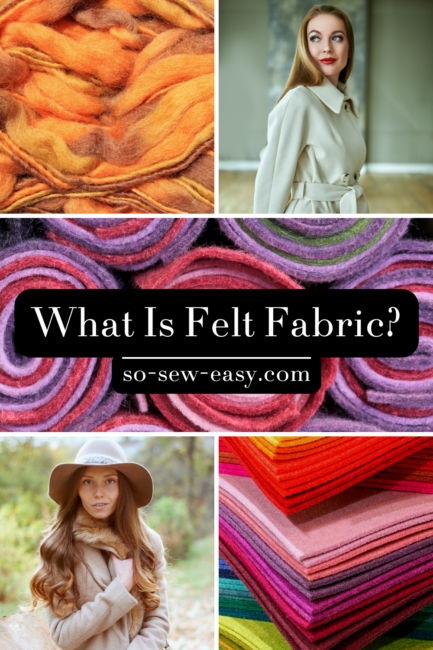
Felt fabric: a material so commonplace, yet bursting with rich history, endless utility, and undeniably unique style. Perhaps you’ve seen it gracing the aisles of your favorite craft store or incorporated into an avant-garde fashion piece, and found yourself wondering, what exactly is felt fabric? Well, you're in the right place. We'll explore the depth and breadth of this intriguing textile, providing a comprehensive insight into its fascinating journey through time, its important uses, and how felt garments can be stylishly worn.
What is Felt Fabric?
Felt is one of the oldest forms of fabric known to humanity, its origins dating back to prehistoric times. Unlike most other textiles, felt is non-woven. Rather, it’s made by matting, condensing, and pressing fibers together. These fibers, typically wool or fur, interlock and tangle under heat and moisture, forming a highly durable and versatile fabric. Felt is distinctive due to its unique properties such as its resistance to unraveling, insulating capabilities, and ability to be crafted into almost any shape or form.
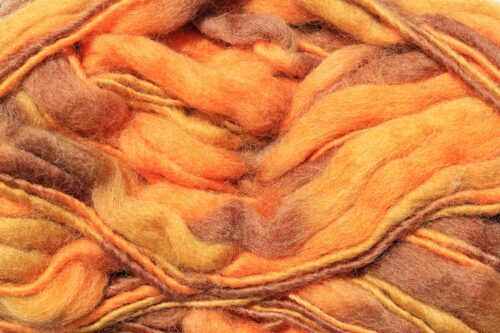

Felt is unique in its properties compared to other textiles. It is resilient and can be cut without fraying due to its non-woven nature. Depending on the production process and the type of fibers used, felt can vary significantly in terms of thickness, softness, and density. It can be firm and rigid enough to hold a shape for items like hats and handbags, or it can be soft and plush for uses in crafting or clothing.
In terms of appearance, the color and texture of felt can also differ greatly. Natural wool felt has a warm, earthy look and a soft but slightly rough texture. Synthetic felt, on the other hand, has a brighter, more uniform color and a smoother texture.
Important Uses of Felt Fabric
Fashion and Accessories
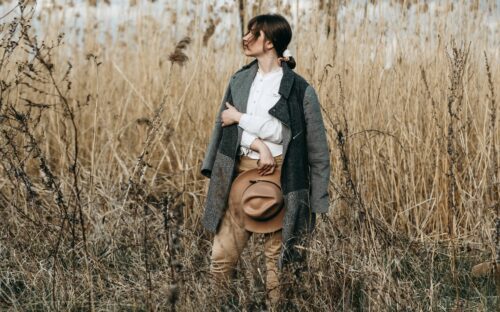

Felt has made its mark in the world of fashion, used in everything from clothing to accessories. It is often used for hats due to its moldability and durability. Felt can also be found in handbags, shoes, and scarves, allowing for a unique texture and design.
Crafting and Decoration
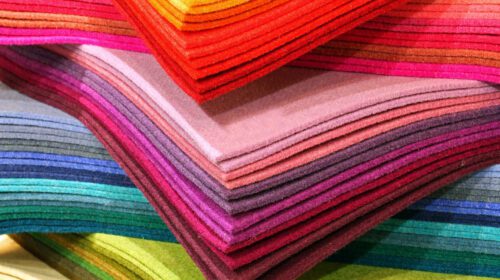

The creative possibilities with felt are practically limitless. It is a favorite among crafters for creating decor items, dolls, toys, ornaments, and even jewelry. It's easy to cut, sew, and glue, making it an ideal material for DIY projects.
Home Insulation and Acoustic Panels
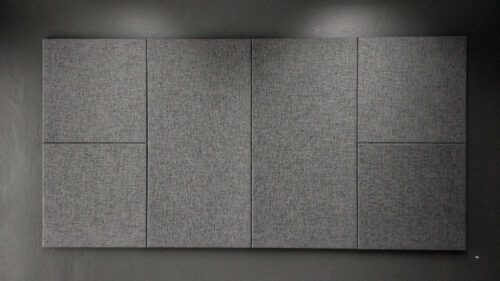

Felt’s insulating properties make it suitable for home insulation, providing warmth and sound absorption. Additionally, it is often used in acoustic panels in recording studios due to its sound-damping capabilities.
A Detailed History of Felt Fabric
Prehistoric Origins and Evolution
Felt is believed to be one of the oldest forms of textiles, with archeological evidence placing its origins in the Neolithic era, around 7000 to 8000 years ago. These early iterations of felt were most likely created by accident, as loose wool or animal hair pressed together inside a leather pouch could mat together over time to form felt.
In prehistoric times, felt was manufactured by hand, using rudimentary techniques that involved applying water, pressure, and sometimes heat to mat the fibers together. As time passed, different cultures refined the process, adding substances like clay or alkaline solutions to accelerate matting and using various tools to apply pressure and friction. Despite these developments, the core principles of felt making remained unchanged for millennia.
Use in Ancient and Medieval Cultures
In the ancient world, felt held significant cultural and practical importance.
In Central Asia and the Middle East, felt was used extensively among nomadic tribes, including the Scythians, Mongols, and Persians. These tribes used felt for tents (called yurts), clothing, saddle blankets, and rugs due to its durability and excellent insulating properties. In Persia, felt-making became an art form with intricate designs and patterns.
In Ancient Greece and Rome, felt was used for a variety of purposes, including clothing, hats, and even armor components. The Roman Legionnaires wore felt breastplates, tunics, and socks for insulation and protection.
During the Middle Ages, felt remained an important material, particularly in the manufacture of hats. The European beaver population was dwindling due to overhunting, leading hat makers to turn to felt as an alternative material. By the 16th century, felt hats had become a fashion staple, popularized by monarchs such as Henry VIII of England.
Industrial Revolution and Modern Manufacturing
The advent of the Industrial Revolution in the 18th and 19th centuries marked a significant shift in the production of felt. The invention of machinery, such as the Carroting machine and the Bowler hat forming machine, transformed felt-making from a manual craft to an industrialized process. These machines could card and harden wool faster and more efficiently, significantly increasing production speed and volume.
In the 20th century, synthetic fibers such as rayon and acrylic began to be incorporated into felt-making. While these synthetic felts didn't possess the same quality as wool or fur felt, they were less expensive to produce and had their own unique properties, expanding the potential uses of felt.
Felt in Fashion Through the Ages
Felt has always had a place in the world of fashion, but its use has evolved significantly over the centuries. From the practical clothing of nomadic tribes and the Roman Legionnaires to the stylish hats of the Middle Ages, felt has shown remarkable versatility.
In the 19th century, with the popularity of the top hat, felt once again found its place in fashion. The Bowler hat, or ‘Derby', made from hard felt, also became a popular fashion statement during this time.
In the early 20th century, felt continued to be a favorite material for hat-making. Iconic styles like the cloche hat of the 1920s and the fedoras of the 1940s were typically made from felt.
In the latter half of the 20th century and into the 21st, high fashion designers began to experiment with felt in new and innovative ways. Designers like Elsa Schiaparelli, Rei Kawakubo, and Issey Miyake have used felt for its unique sculptural properties, creating dramatic, avant-garde designs that challenged conventional ideas of clothing.
Felt Fabric: A Detailed Styling Guide for Women
Felt Hats
Arguably one of the most popular and timeless uses of felt in fashion, felt hats are a staple accessory that can add an edge to any outfit.
A. Fedora: A felt fedora is a classic that can elevate both casual and formal looks. Pair a camel or black fedora with a monochromatic outfit, or opt for a bold color like red or emerald to add a pop of color. Remember to balance your look; if your outfit is detailed or loud, go for a simple, classic fedora.
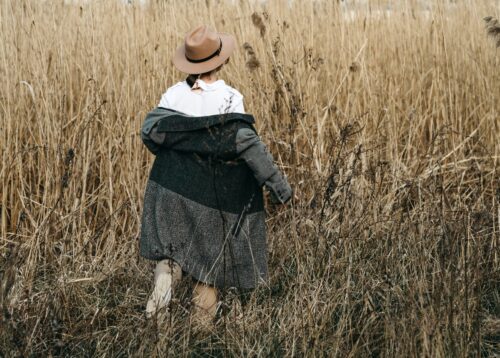

B. Wide-brimmed hats: Perfect for boho-chic styles, wide-brimmed felt hats are great with flowing maxi dresses, flared jeans, and chunky knit sweaters. Try a neutral color like beige or brown for a sophisticated touch.
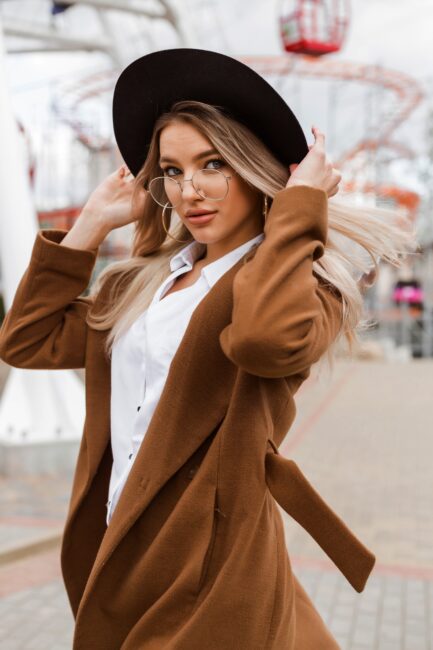

Felt Coats and Jackets
Felt coats are not only warm but also can serve as a statement piece in your outfit.
A. Oversized Felt Coat: An oversized felt coat can create a stylish and dramatic silhouette. Try one in a dark shade like black or navy over slim-fitting jeans and a turtleneck sweater for a chic, minimalist look.
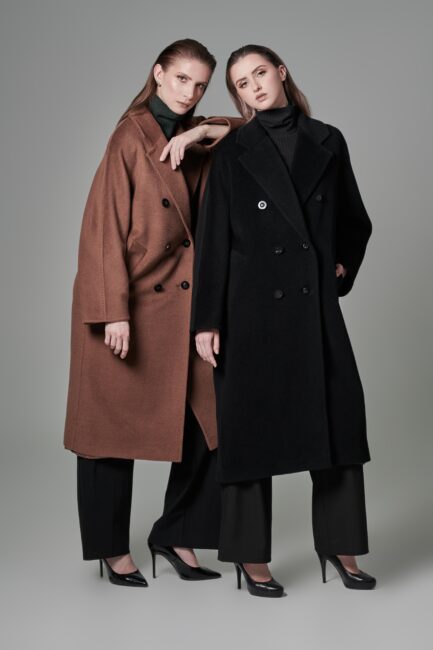

B. Felt Trench Coat: A felt trench coat in a bright color can instantly elevate a simple outfit. Pair it with neutral colors to let the coat stand out.
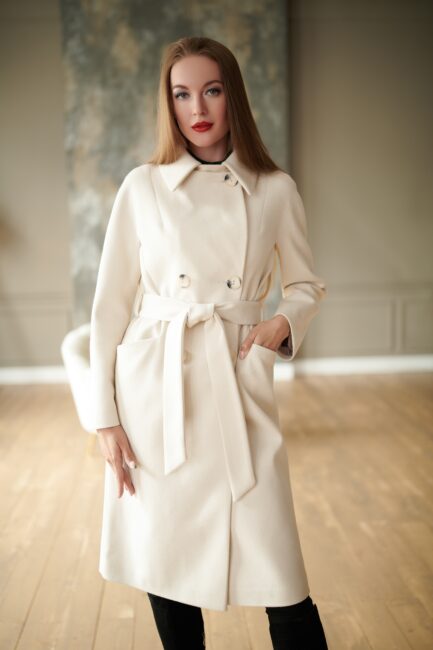

Felt Skirts
Felt skirts offer a unique texture and flair to your ensemble.
A. Felt Pencil Skirt: A felt pencil skirt can be a stylish alternative to a traditional wool or cotton skirt. Pair it with a crisp white shirt for the office or a sequined top for an evening out.
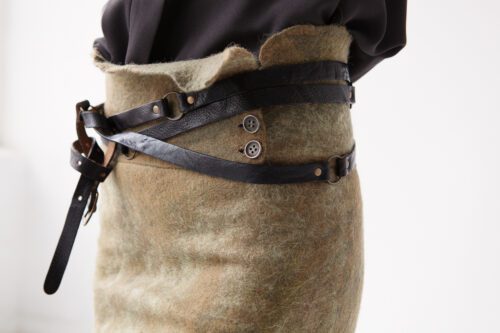

B. Felt Midi Skirt: A flowing felt midi skirt can add a playful element to your look. Pair it with a fitted top to balance the volume of the skirt and finish off the look with boots or heels.
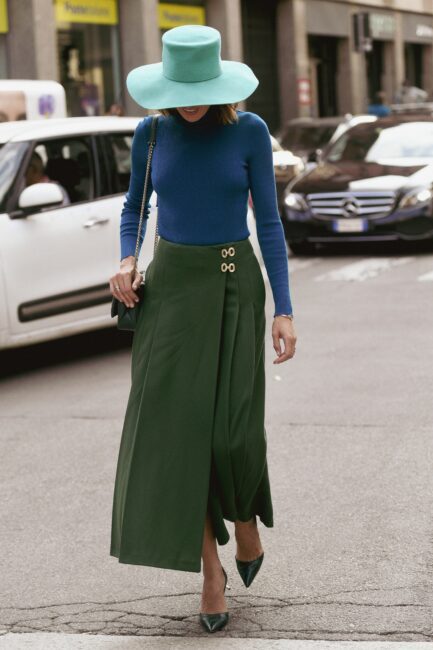

Felt Accessories
Felt accessories can add a pop of color and a unique texture to your outfits.
A. Felt Scarves: Large felt scarves can be a warm and stylish addition to your winter wardrobe. Opt for a scarf in a bold color or a unique pattern to make a statement.
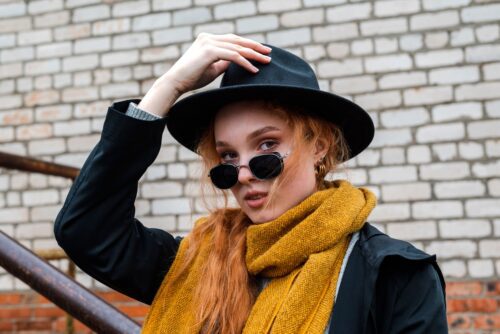

B. Felt Bags: A felt bag can be a fun and distinctive accessory. From small, colorful clutches to large, neutral totes, there's a felt bag to suit every style and occasion.
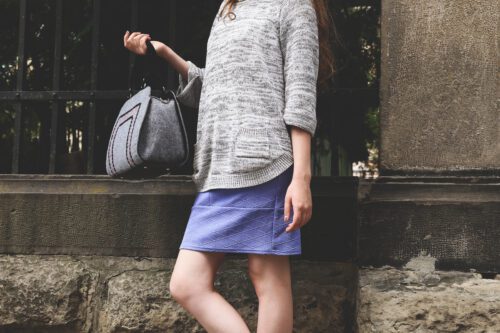

Felt Dresses
While less common, felt dresses are a unique way to make a statement.
A. Felt Shift Dress: A simple felt shift dress can be dressed up or down depending on the accessories. Pair with tights and boots for a casual look, or dress it up with heels and statement jewelry.
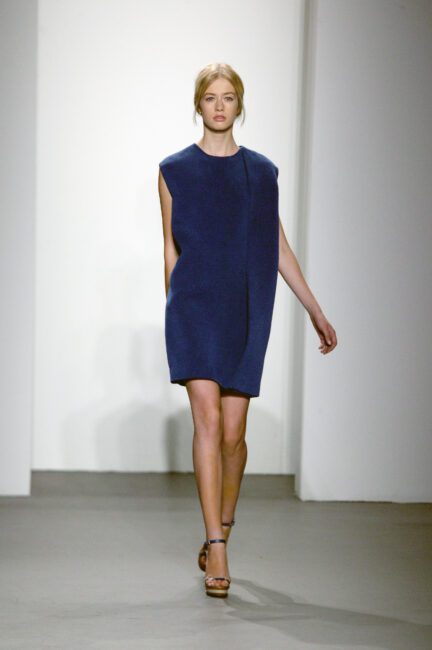

B. Sculptural Felt Dress: For the daring fashionista, a sculptural felt dress can be a true showstopper. Due to felt's ability to hold shape, it can be crafted into intricate, architectural designs. If you're wearing such a bold piece, keep accessories to a minimum and let the dress speak for itself.
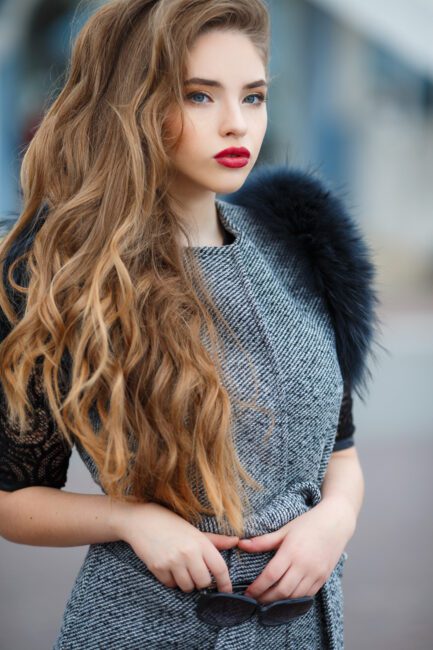

As we continue to explore the vast and varied world of textiles, I encourage you to delve deeper into other intriguing fabrics that have their own unique attributes and histories. Discover the science and versatility behind one of the most popular synthetic fabrics in our article, “What is Nylon?“, or immerse yourself in the rich texture and sophistication of “What is Bouclé Fabric?“. Don't miss our deep dive into the delicate world of one of the most beloved dress materials in “What is Crepe Fabric?“. Each fabric carries its own story and offers a myriad of possibilities for fashion, function, and style. Keep exploring and keep creating – the world of textiles is an endless tapestry waiting to be discovered.








I have purchased the stools!